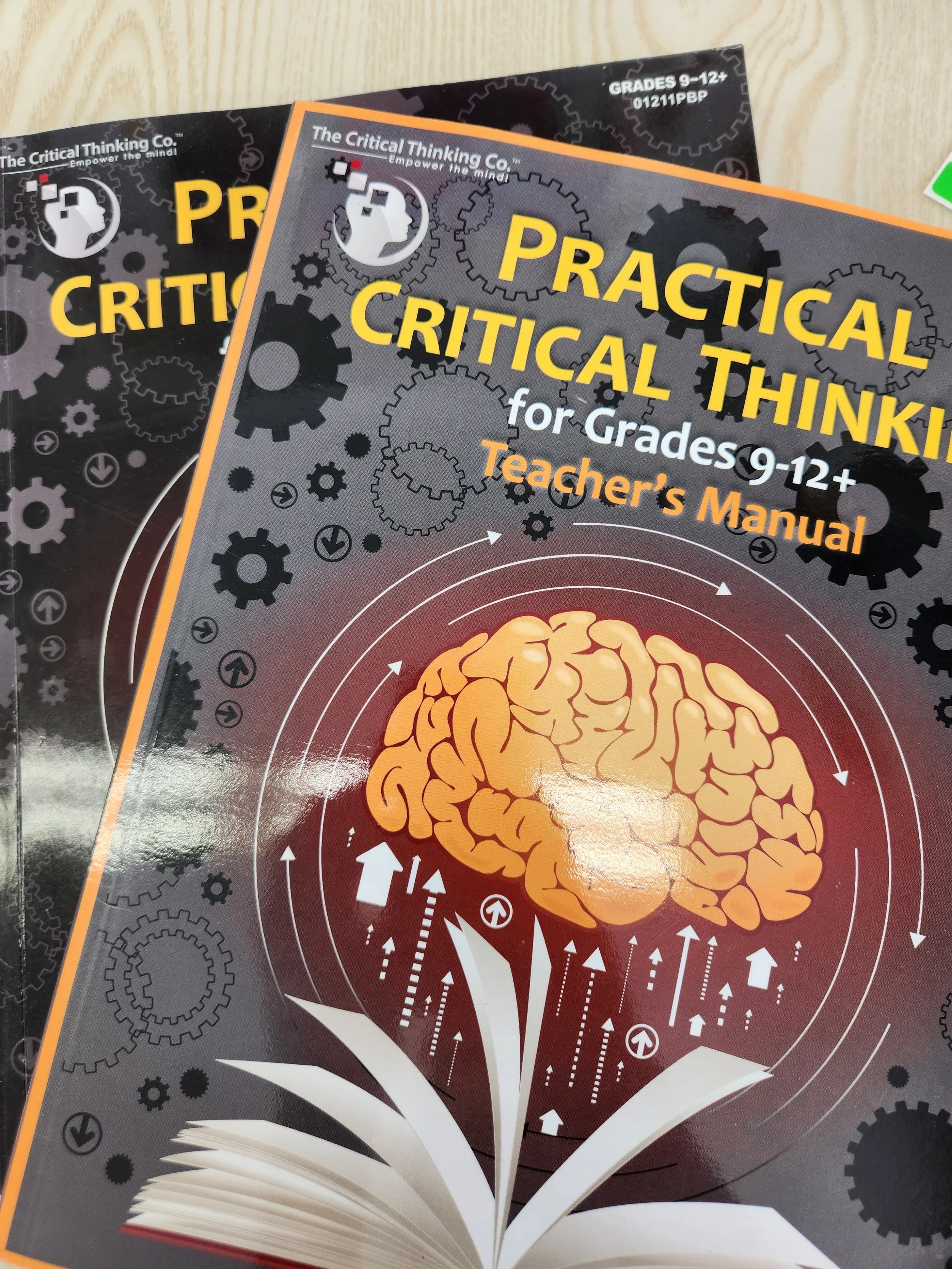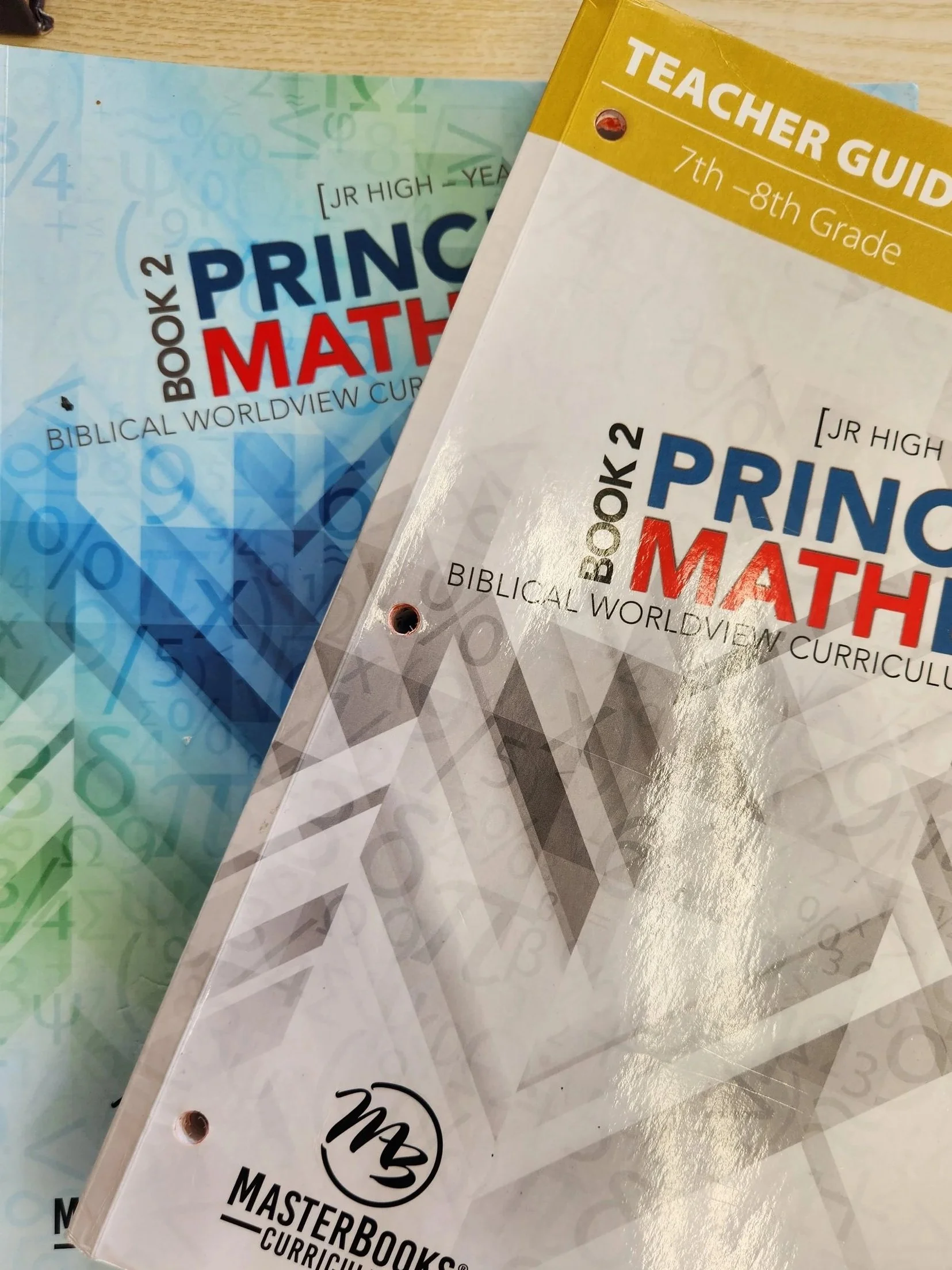 Image 1 of 1
Image 1 of 1


The New Whimbey Writing Program: How to Analyze, Organize, and Write Effectively by Elizabeth Lynn Blanton and Arthur Whimbey
Used book, with wear and waves. Adapted for students by Dr. Arthur Whimbey, a successful author and leading cognitive psychologist, this program utilizes the power of text reconstruction (TR). TR is a proven method for building writing skills used in various forms by many professional writers and incorporates principles of cooperative learning and modeled writing. It is a whole-language approach, but with the guidance many students need. Students arrange jumbled sentences into logical order, discuss their arrangements, and then copy the ordered sentences to form papers which model basic rhetorical patterns. Exercises are interspersed with assignments asking students to write original papers using patterns they have studied. The combination of TR and original-writing assignments strengthens all language skills, ranging from comprehension and logical organization to grammar and spelling ability. As a result, students develop the confidence and competence to express their ideas in well-organized papers using conventions of standard written English. Designed primarily for students in middle, junior, and senior high school, the Whimbey Writing Program improves: * idea organization and writing skills; * vocabulary, spelling, grammar, and punctuation; * careful reading; * critical thinking; * oral communication; and * confidence in expression
Used book, with wear and waves. Adapted for students by Dr. Arthur Whimbey, a successful author and leading cognitive psychologist, this program utilizes the power of text reconstruction (TR). TR is a proven method for building writing skills used in various forms by many professional writers and incorporates principles of cooperative learning and modeled writing. It is a whole-language approach, but with the guidance many students need. Students arrange jumbled sentences into logical order, discuss their arrangements, and then copy the ordered sentences to form papers which model basic rhetorical patterns. Exercises are interspersed with assignments asking students to write original papers using patterns they have studied. The combination of TR and original-writing assignments strengthens all language skills, ranging from comprehension and logical organization to grammar and spelling ability. As a result, students develop the confidence and competence to express their ideas in well-organized papers using conventions of standard written English. Designed primarily for students in middle, junior, and senior high school, the Whimbey Writing Program improves: * idea organization and writing skills; * vocabulary, spelling, grammar, and punctuation; * careful reading; * critical thinking; * oral communication; and * confidence in expression






